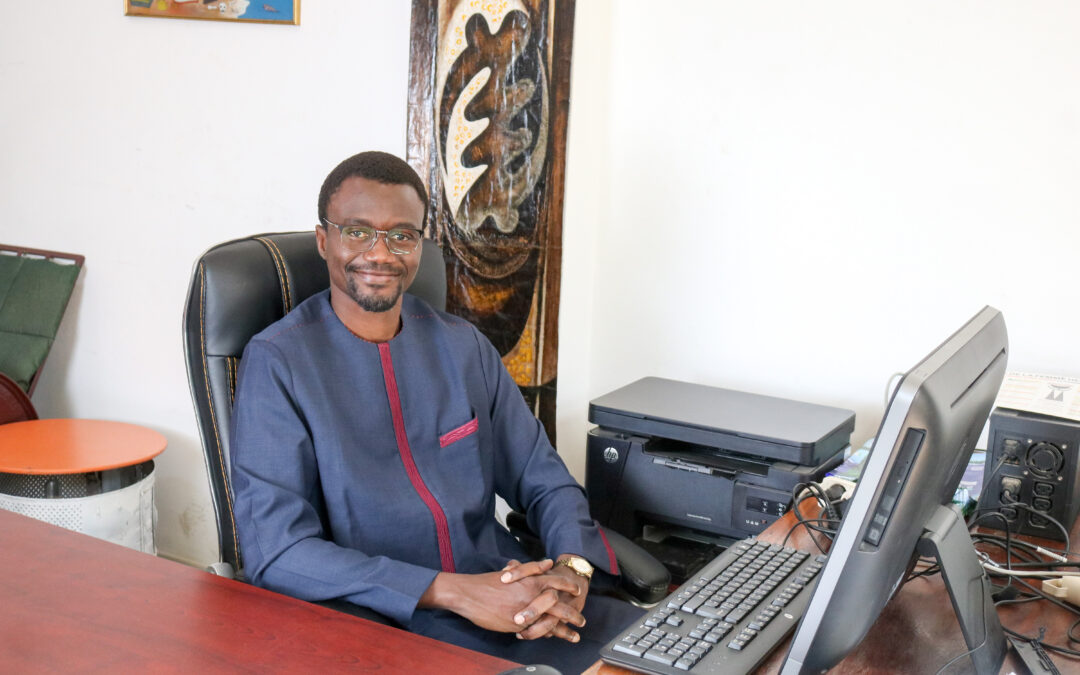By alliterating its title, the next Biennale is projected into a movement that upholds its vision of the same while being other. While maintaining the original idea of the fourteenth edition, the Biennale illustrates a translated and parallel world following the Covid-19 pandemic. The pandemic narrative has raised multiple questions related to respect for nature and the autonomy of African societies. The crisis came amid social and artistic activism both in terms of the need to give birth to a new world to close the imbalance, and to heal the psyche of a humanity that racism has constantly gangrenized, following the public assassination of George Floyd. However, this 2022 edition of the Biennale does not focus on the coronavirus pandemic, its discourse remains unchanged. Indeed, long before the advent of the Covid-19 crisis, the theme of this Biennale urged us to reinvent our models, and the pandemic has only made the need to think this approach imperative and urgent.
The world’s new geopolitical structures are redrawing the maps and tend to rebalance forces. In this context, African States are experiencing contradictory internal dynamics. Civil societies’ activism for increased justice and fair sharing of resources, emerging citizen consciousness, advocacies for knowledge revision, the call for monetary autonomy and a revaluation of heritages, multifaceted green and social challenges place the African continent at the threshold of new questionings. In a non-exhaustive list of these parameters, which necessarily act on ongoing reconfigurations, it seems useful to voice the demands of youngsters who are increasingly arming up with technologies and warranting greater consideration. The Dakar Biennale’s next edition is slated against this backdrop of transition to a new order, urging us to forge a new world.
- NDAFFA# therefore states two imperatives: Refusing form as given and Forge the still shapeless senses.
Refusing form as given – The verb Forge denotes the transformation of matter, metal most often. This means that forging has a significance that has now fallen into oblivion: create, imagine and invent. Twisting resistant material to transformation that changes its shape and significance is what the theme of this edition urges us to. Of course, we are invited to epistemic disobedience and subversion of used models.
- Ndaffa# sounds like an exhortation to create a new common destiny, a future together at a time when the world is curling in its identities and peculiarities, and several states behind their walls and nationalism.
- Ndaffa# takes on its full significance at the Dakar Biennale, which is in a transitional phase, like the African continent, which has become the place of possible futures.
Forging the still shapeless senses – Africa is the continent which mastered the transformation of iron long before Europe and its industrial revolution. This loss of initiative was a surrender of knowledge and science. The invitation to the forge is symbolically that of a resumption of initiative. Moreover, in our societies, the act of forging has often been associated with a whole mystery that relates to dark forces and magic. There is of course the idea that knowledge mastered by a third party operates and transforms the world, helps us manage our environment and provides us with “miraculous weapons ». The alchemy of material here is that of gray matter and reflection. It is therefore tantamount to rediscovering unknown sciences, powers and energies, exhuming wealth and exploring the knowledge deposits of the African continent, revisiting its archives and shaping new cognitions.
It is therefore about building new bodies of knowledge and know-how that integrate African readings of the world as well as those of other geographical and cultural areas, toward forging shared tools that can help us meet contemporary challenges as well as the constantly renewed construction of a significance that enables us to understand the world’s whole complexity. In the face of such challenges, artists and grammars of contemporary African creativity have an essential role to play. The critical and theoretical dimension of artistic images and signs of fiction must be better analyzed in the process of a new forge of bodies of knowledge. This alchemy will help us better establish the scientific contribution of contemporary artistic imagery. To this extent, the work of art establishes another relationship to knowledge at a time when digital technology has developed to the point that is has transformed our habitsand thinking and is changing the very concept of culture.
Drawing on African sources and knowledge, revisiting forms of endogenous knowledge, negotiating representations of the world at the local level, factoring in the local knowledge heritage in history and the appreciation of aesthetic objects are all postures to explore in order to forge new methods of history and art in Africa. History is the fruit of a forge, because time is metal to model. Writing history means re-entering the forge. This Biennale urges us to forge new mythologies and revise our research protocol as well as how we apprehend reality.

